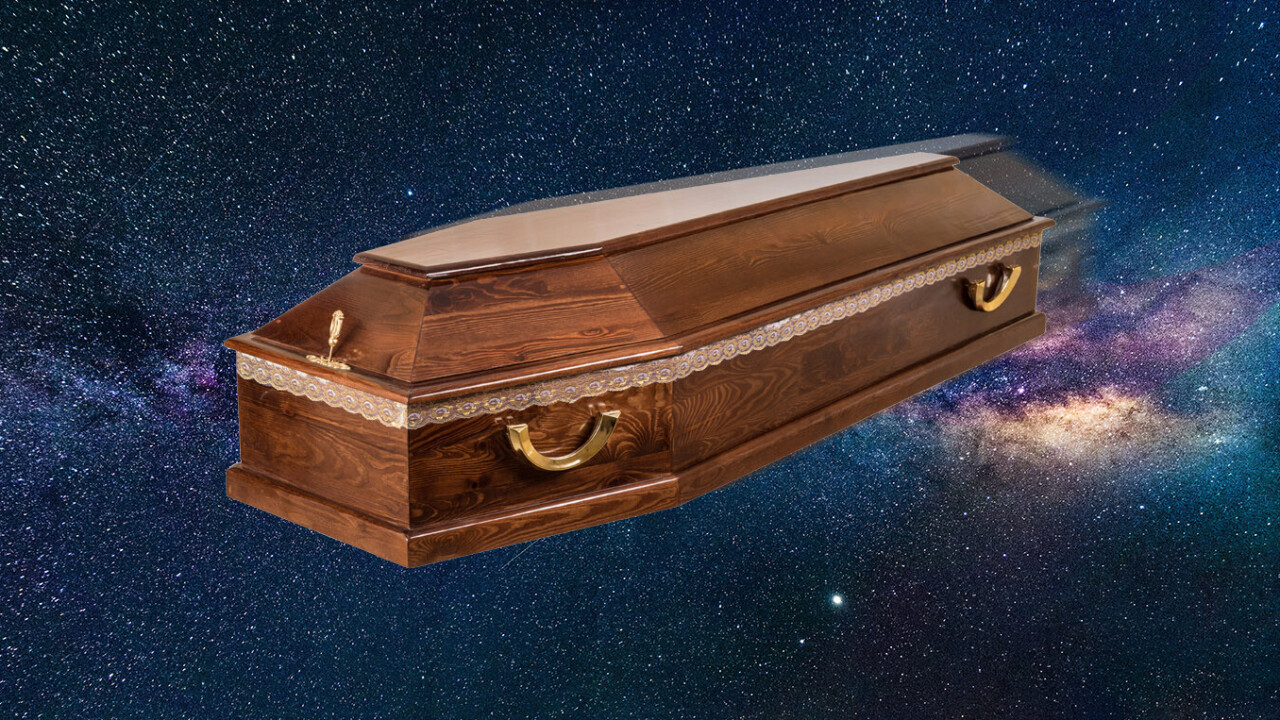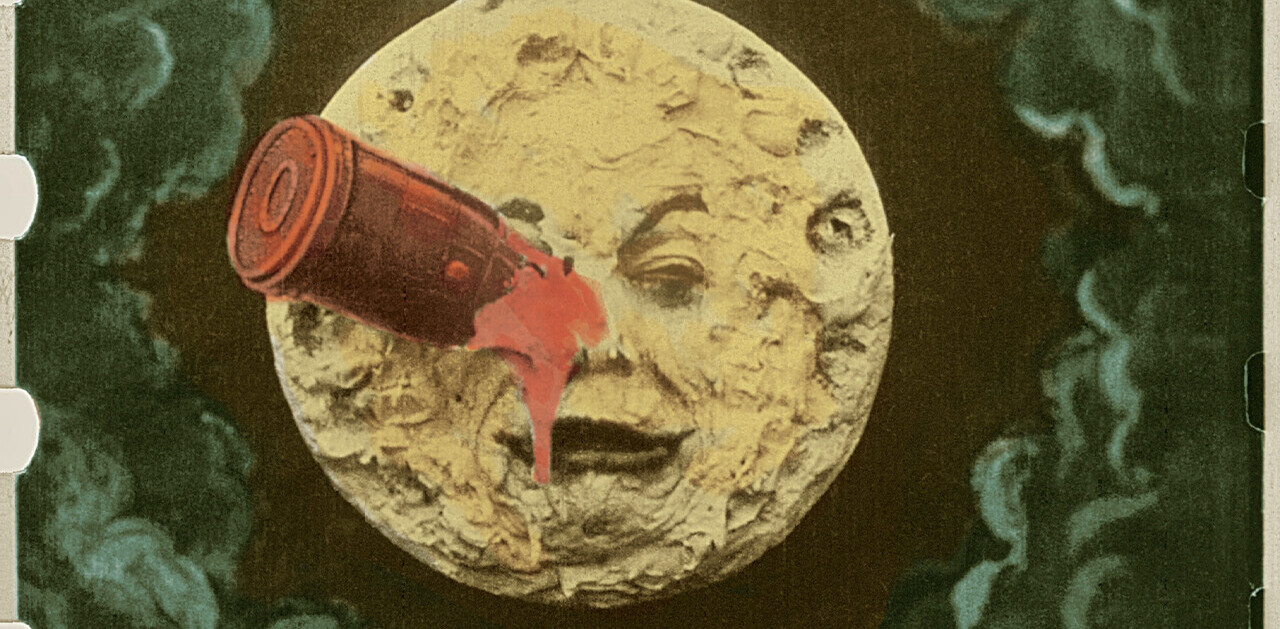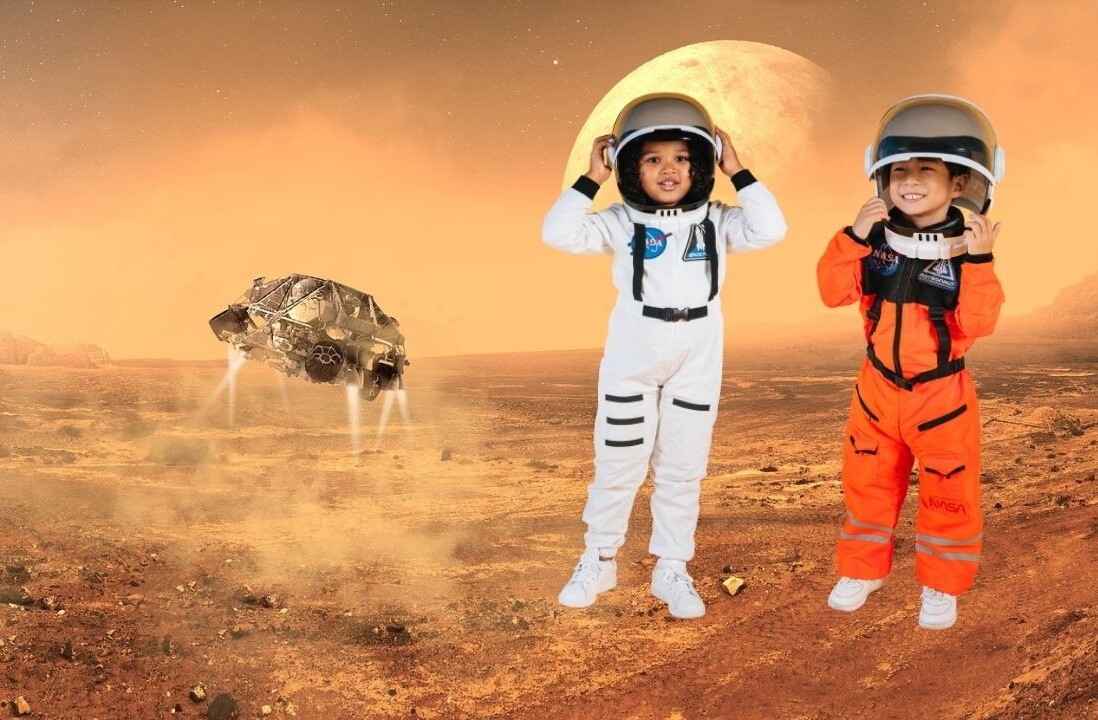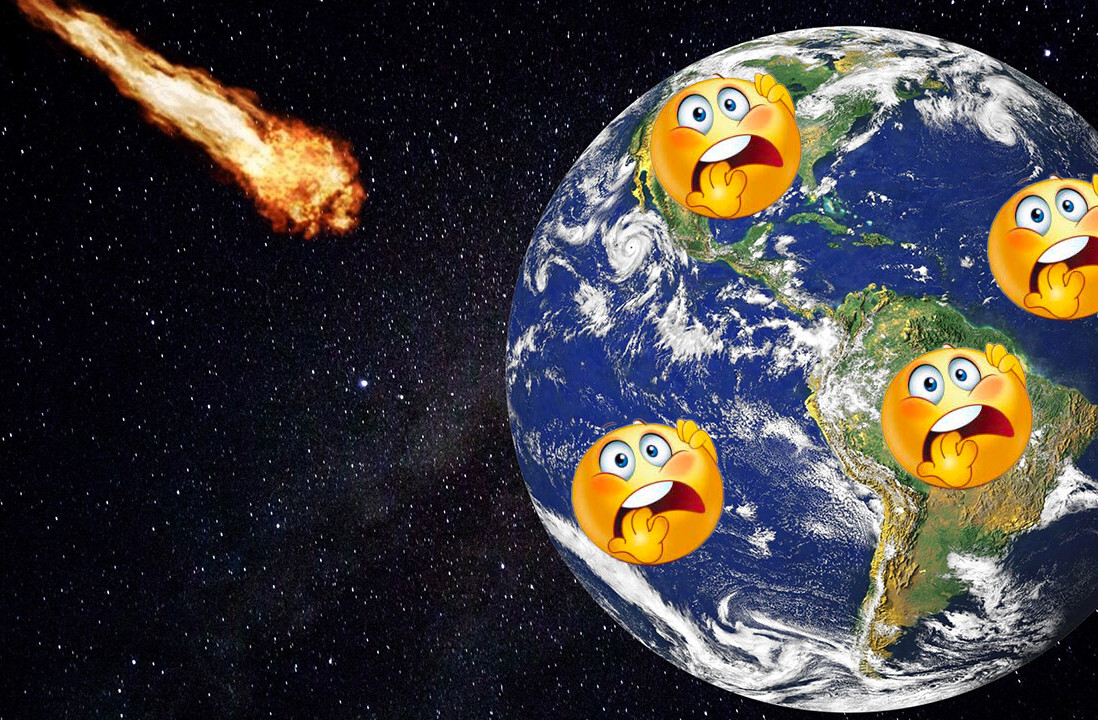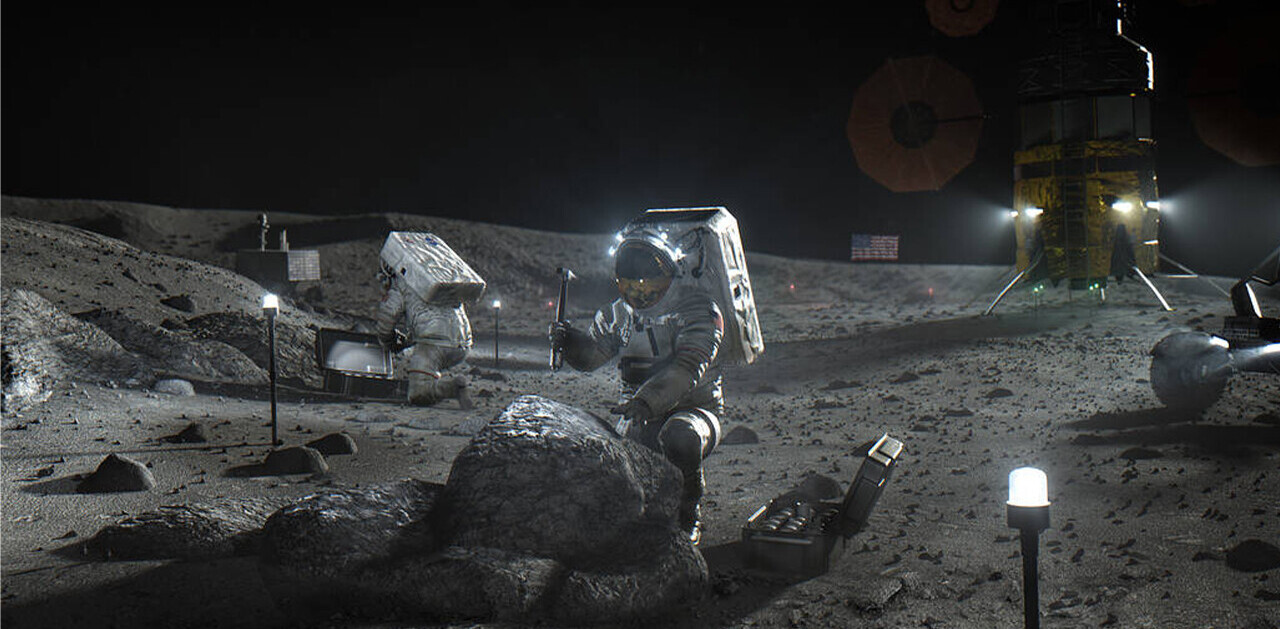Commercial spaceflight companies such as Virgin Galactic and Blue Origin are now offering exclusive opportunities for celebrities and civilians to travel to space.
Traditionally, astronauts have been subject to rigorous training and medical scrutiny before going to space, and the risk of death from natural causes was considered remote.
But in this new era of space tourism, it appears medical screening may not be carried out, and only minimal pre-flight training provided.
With a wide variety of people now going to space, and the prospect in the coming years of humans establishing bases on the Moon and beyond, it raises an important question: what happens if someone dies in space?
Under international space law, individual countries are responsible for authorizing and supervising all national space activity, whether governmental or private. In the United States, commercial tourist spaceflights require a license for launch to be issued by the Federal Aviation Administration.
Should someone die on a commercial tourist mission, there would need to be a determination as to the cause of death. If the death of a spaceflight participant was due to a mechanical fault in the spacecraft, the Federal Aviation Administration would look to suspend further launches by the company pending an investigation.
If mechanical failure is discounted, there would need to be consideration of the overall duty of care to all travelers by the commercial provider and assessment made about whether it did everything possible to prevent the person’s death.
Uncomfortable but inevitable
The time spent in space on these tourist missions currently ranges from a few minutes to a few days. This means the risk of a death in space from natural causes is very low, though not impossible.
The question of what to do if someone dies in space will become significantly more pertinent – and complex – when humans embark on longer missions deeper into space, and even one day become permanently established in outer space.
Fundamentally, there will need to be some sort of investigative process put in place to establish the cause of death of humans in outer space. There have been inquests before, such as the inquiry into the Columbia Shuttle disaster in 2003, where Nasa’s space shuttle Columbia disintegrated as it returned to Earth, killing the seven astronauts on board.
But these have been specialist investigations into high-profile accidents and concerned only US spaceflight. As opportunities for space travel expand, it’s inevitable, either through accidents, illness or age, that deaths in space or on another celestial body will occur.
A formal procedure for investigating deaths on long-duration missions and space settlements will be necessary to ensure there is clear information on who died, the causes of death, and so lessons can be learned and possible patterns detected.
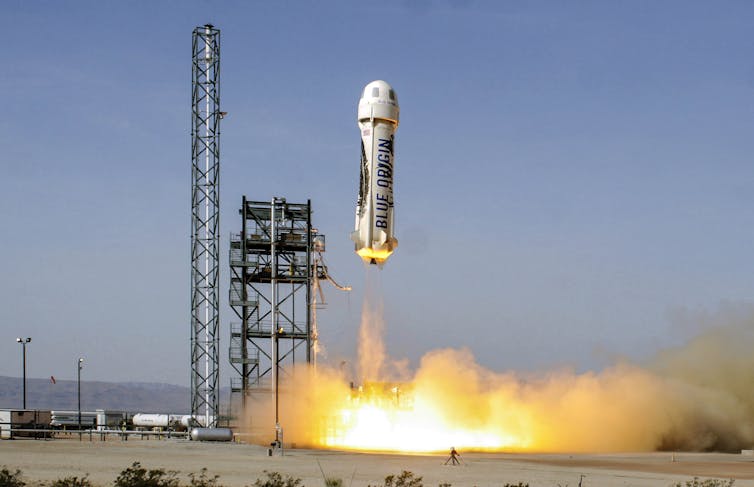
Many of the procedures associated with inquests and investigations could be imported from Earth. International space law provides the default position whereby a country that has registered a spacecraft has jurisdiction over that space object and any personnel. It’s likely that a country with such jurisdiction would be the natural authority to commence an inquest and determine the procedures to deal with a death in space.
While this is a useful starting point, an agreement tailored to the specific settlement or mission would probably be better. Planning a mission to space includes considering factors like power, food, protection against radiation and waste disposal. Establishing processes concerning what to do if a person dies, and incorporating these processes into any plan, will make a traumatic event slightly less so.
Having an agreement in place at the outset of a mission is even more important if there are a number of countries participating.
Practical considerations
In addition to the legal dimension, missions that send humans further into the Solar System will need to consider the physical disposal of human remains. Here it’s important to take into account that different cultures treat their dead in very different ways.
On short missions, it’s likely the body would be brought back to Earth. The body would need to be preserved and stored to avoid contamination of the surviving crew.
On a round trip to Mars, which would be years in duration and may be a prospect in the coming decades, the body could possibly be frozen in the cold of space to reduce its weight and make it easier to store on its way back to Earth.
But if we start to colonize outer space, bodies may need to be disposed of rather than stored.
Although Star Trek fans may recall the way Spock’s body was jettisoned into space, this probably wouldn’t be desirable in real life. Countries may object to having a human corpse floating in space, while the body itself may contribute to the growing issues created by space debris. The family of the deceased might want their loved one’s body returned to them.
Disposal of human remains on a colony is similarly fraught. The body of a settler buried on another planet may biologically contaminate that planet. Cremation is also likely to contaminate, and could be resource-intensive.
In time, there will undoubtedly be technical solutions to the storage and disposal of human remains in space. But the ethical issues around death in space cut across anthropological, legal and cultural boundaries. The idea may be uncomfortable to contemplate, but it’s one of many conversations we will need to have as humans become a space-faring species.![]()
This article by Christopher Newman, Professor of Space Law and Policy, Northumbria University, Newcastle and Nick Caplan, Professor of Aerospace Medicine and Rehabilitation, Northumbria University, Newcastle, is republished from The Conversation under a Creative Commons license. Read the original article.
Get the TNW newsletter
Get the most important tech news in your inbox each week.
